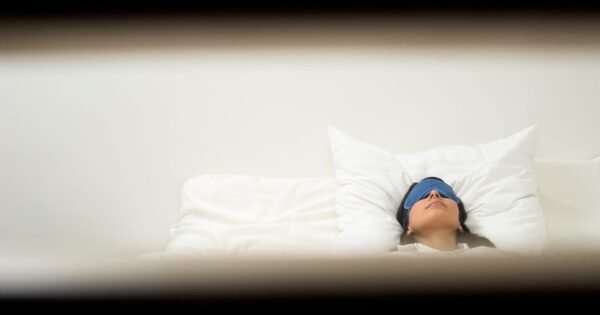
Jet lag can sometimes put a bit of a downer on your holiday – you’ve spent months excited for your trip across the globe, only to feel completely wiped out for the first days! Jet lag can be even more of a challenge if you’re travelling for work, trips tend to be shorter with less time to recover and acclimatise – which is the last thing you need with an all-important business meeting coming up.
Unfortunately, there isn’t really a way to completely avoid jet lag – especially if you’re flying across multiple time zones. However, travel experts SkyParkSecure have teamed up with an ex-airline executive, Andrew Hayward, now a director at Panache Cruises, to reveal some of the small and easy changes you can make before, during and after your journey to try and mitigate the effects of jet lag.
The Type of Plane Matters
Different planes fly at different altitudes, meaning the cabins are pressurised differently – this can have a huge impact on jet lag. Andrew suggests flying on Boeing 787 Dreamliners, or Airbus A350s if possible as the cabins are pressurised to a lower altitude (6000 ft, as opposed to 8000 ft) which can have a massive impact on how hard jet lag hits you.
Whilst you might not have that much control over the type of plane you fly on, if you’re yet to book your trip, airlines that include the Boeing 787 in their fleet include: Nippon Airways, British Airways, Etihad Airways, Qatar Airways and American Airlines. Singapore Airlines, Qatar Airlines, Delta Air Lines and Lufthansa are some of the biggest operators of Airbus A350s.
The Seat Also Matters
Many of us may prefer to sit at the front of the plan for ease of getting on or off or being closer to the toilet – it could also be beneficial in avoiding the worst effects of jet lag as the freshest air enters at the cabin nose to help keep the pilots alert.
The seat choice can also affect how easy it is to get comfortable and catch some Z’s – seats at the back can be more uncomfortable due to some longer planes suffer from ‘self-induced oscillation’ – meaning one of the best places to sit is near the wing root for the most stable ride. For larger planes, this tends to be the middle of the aircraft.
Andrew suggests using a site such as Seat Guru to find the best seats – window seats are where you’re least likely to get disturbed, especially sat away from the toilet. On the other hand, some window and aisle seats may sometimes have inflight entertainment boxes under the seats which can affect leg room.
Avoid alcohol and coffee
Whilst it may be tempting to drink coffee to stay awake, or treat yourself to a tipple to celebrate you’re long awaited trip – if you want to try and avoid jet lag, Andrew would advise against it as both can dehydrate. Instead – focus on drinking plenty of water to keep yourself hydrated and save the drinks for once you land!
Choose your flight times carefully
Making sure you’re prepared prior to your flight is important too – change your watch before boarding to reflect the time once you land. If you’re landing at night, try to avoid sleeping so you can rest once getting to your destination – vice versa if it’s the other way around.
Pack The Essentials
We know planes aren’t the easiest things to sleep on – so if you are looking to sleep on the plane, make sure you pack the likes of ear plugs, travel pillows, eye covers and noise cancelling headphones to make your journey as comfortable as possible. On the other hand – if you’re planning on staying awake for the entire journey – make sure you bring plenty to keep you entertained.
